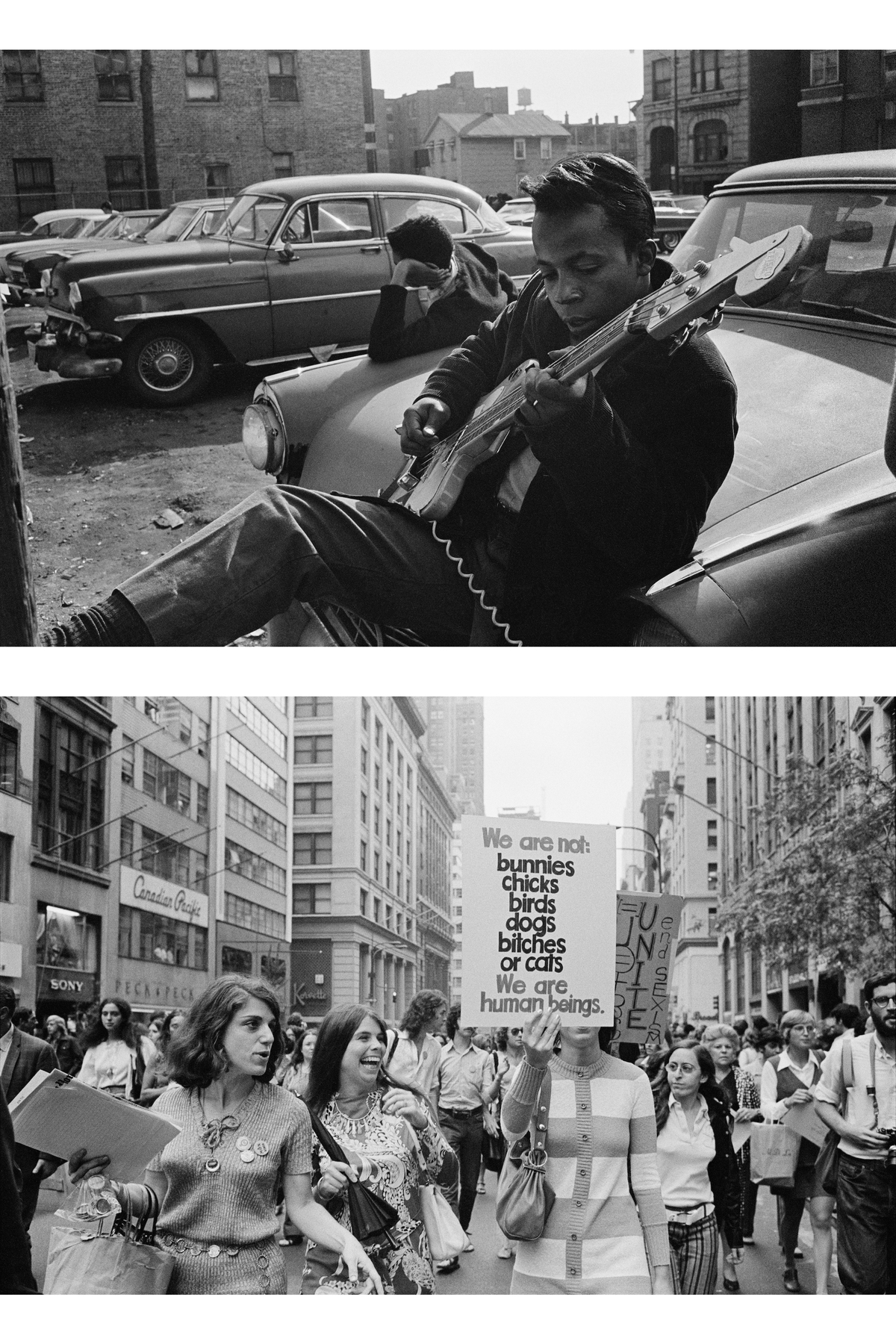Ernest Cole’s life was defined by exile. In 1966, the photographer landed in New York from South Africa. He was still fresh-faced at 26, but he wasn’t in America by choice. Earlier that year, the authorities had arrested Cole for documenting Black life under the country’s hellish system of apartheid. By the time he’d landed in the home of the free, he was on his native country’s “banned list.”
In 1967, Cole’s House of Bondage was released, the first and only book of those early South African photographs published during his lifetime. Though it was widely acclaimed, and copies were sent to the chairman of the United Nations Special Committee on Apartheid, Cole refused to consider doing another book, which would have featured his American photographs. He said he still didn’t understand the country well enough.
Cole moved between New York, Ohio, California, Tennessee, Mississippi, and South Carolina. With travel came disillusionment. He documented the months before the murder of Martin Luther King Jr. as well as the aftermath. Though he’d come to America to make his fortune, life as a Black man didn’t feel much easier on this side of the Atlantic.
“I was so very much surprised to find bitter white racism in America,” he was quoted saying in a 1967 New York Times article. “I had been told that being colored didn’t matter at all in the United States—outside of the South, that is. But everywhere I saw racial attitudes that were very much like those I know from South Africa.”
By the 70s, Cole was disheartened, and his creative output slowed to a trickle. In 1975, when fellow photographer Shawn Walker spotted him in Penn Station, he was on a bench, his home a miserable patch of plastic bags. Cole insisted that “living here at the station is in no way as bad as living in the shantytowns in South Africa.” He died from pancreatic cancer in 1990, aged 49, and largely forgotten.
In 2017, however, 60,000 of his negatives, presumed lost for 40 years, were unearthed in a vault in Stockholm. Experts have been reorganizing them ever since, and the best of these photographs are compiled in The True America, a book that captures the essence of Cole’s short but fruitful years in America’s Black communities. Eloquent shots portray shoe shiners in Midtown Manhattan, forlorn young brides, sleepy old men in suits. In one series, Cole photographed a diverse group of people gathered around a large, spray-painted sign in Harlem. The lettering reads, THE TRUE AMERICA. —Elena Clavarino

Ernest Cole: The True America is out now from Aperture
Elena Clavarino is a Senior Editor at Air Mail












